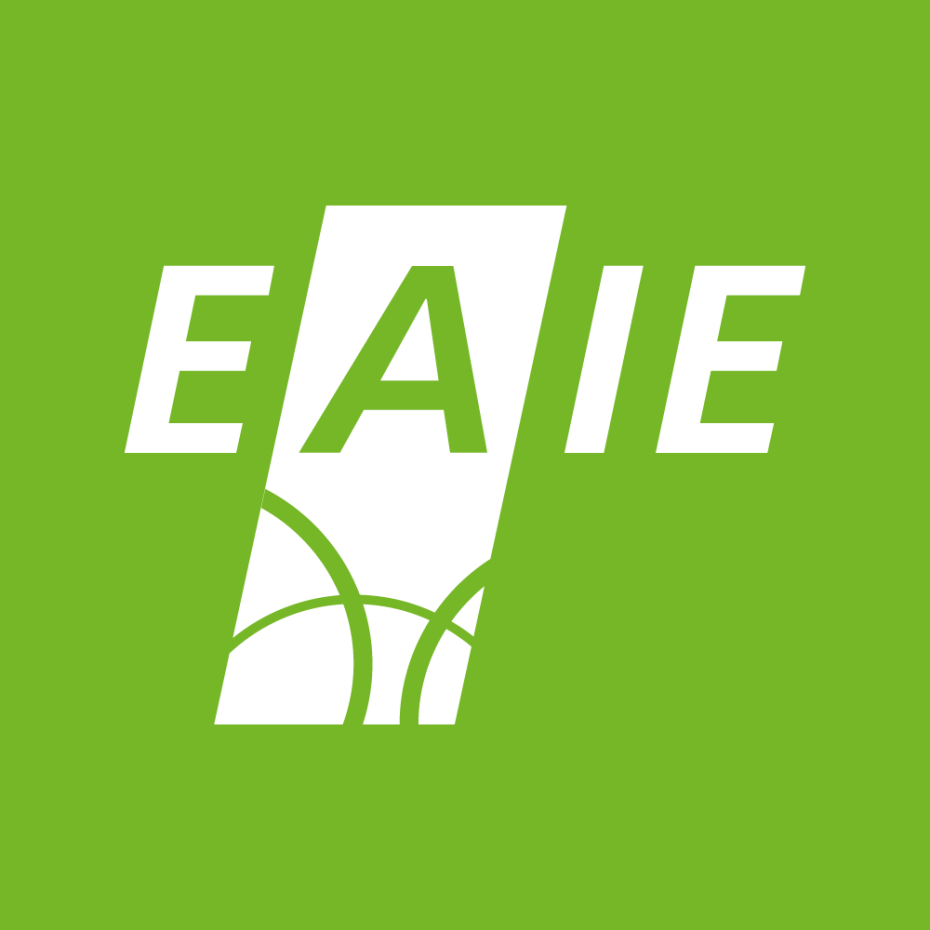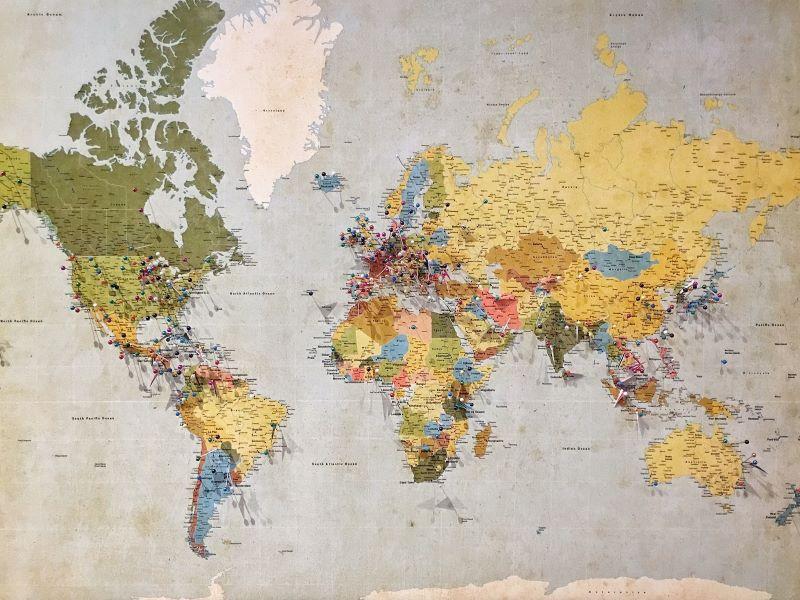
Latest EAIE Barometer addresses pertinent topics in internationalisation

“Against a backdrop of a lot of vague buzz around many of the hot topics in internationalisation today, we’re trying to figure out what is really going on at ground level in these rapidly changing areas,” says Laura Rumbley, director for knowledge development and research at the European Association for International Education (EAIE).
Internationalisation has become an increasingly important part of the European higher education landscape. The European Commission estimates that in 2021, there were more than 1.5 million students from abroad undertaking tertiary-level studies across the European Union.
The third edition of the EAIE Barometer – a survey exploring the developments of internationalisation in European higher education as viewed by professionals across the European Higher Education Area – aims to provide a common starting point for critical conversations about internationalisation, Rumbley says. “This latest iteration of the EAIE Barometer is trying to do a deeper dive on some very current issues, such as big policy and practice questions around environmental action, inclusion and diversity, data security and geopolitics.”
The EAIE, which is a member-led organisation, is currently calling on international education professionals within European higher education to add their voices to the discussion. “We have a diverse community of practitioners across very different institutions, different countries and with different roles in their institutions,” Rumbley says. “We’re seeking to take the temperature within our community in relation to all of the very fluid and exciting dynamics affecting us – many different people filling in pieces of a puzzle that no one person or institution could ever complete themselves.”
Past editions of the EAIE Barometer have helped to shape the European – and even global – conversation around internationalisation in higher education. As the largest and most geographically representative study of its kind ever undertaken in Europe, previous barometer survey results “were really picked up as a reference point for institutions and for different organisations to talk about the state of play” in internationalisation in European higher education, says Rumbley. “We’re aiming for the third edition to serve as the same kind of insightful resource.”
The first edition, published in 2015, was “fundamentally interested in setting the scene of internationalisation in European higher education at the time, and there was additionally a specific interest in looking closely at the dynamics around strategic partnerships”, she says. “When we look at the second iteration of the barometer, we see there was a particular interest in quality assurance questions in relation to internationalisation.”
However, the last five years have been a particularly tumultuous period in the wake of the Covid-19 pandemic and geopolitical tensions. “This time, we’re homing in on a series of hot potato issues that we think are quite current to the conversation in 2023,” Rumbley says. These include virtual internationalisation activities, the climate action agenda and inclusion and diversity considerations.
“The survey also includes some questions about respondents’ experiences with and perceptions of some European-funded programmes and activities, and it will be interesting to have a sense of the levels of opportunity, challenge, excitement and impact that our respondents are seeing in relation to these, especially some of the more ambitious EU initiatives,” Rumbley says.
In preparing the Barometer survey, the EAIE has undertaken extensive “environmental scanning” so it can engage with issues that are relevant to its community, Rumbley says. Its preparation included convening an international advisory group, consultations with expert communities within the EAIE, conversations with the European Commission and a listening tour across 22 national agencies to ask them what information the survey could surface that would be especially useful.
The survey closes on 3 November, and initial findings from the third EAIE Barometer will be published in the first half of 2024.

